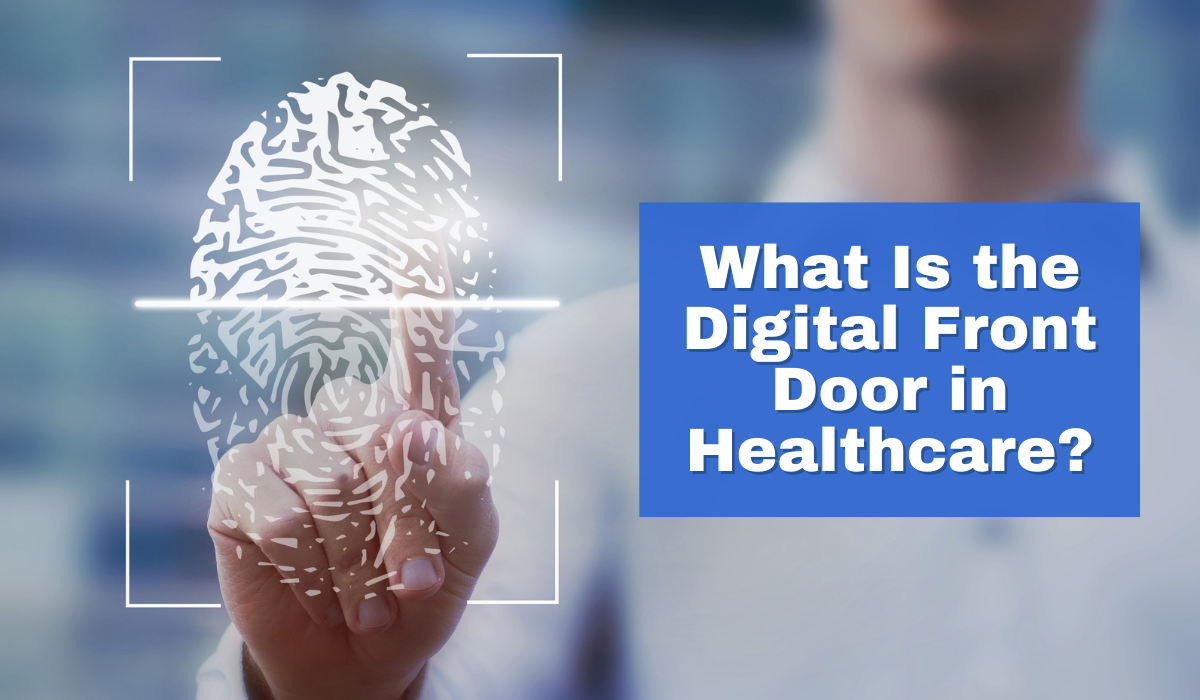
The traditional way to see your healthcare practitioner was to call the office, schedule an appointment and when the time came, go to the office for your visit. You’d get there and then open the front door to attend your appointment.
Like nearly everything, time, and our increased electronic footprint have brought change to that process and the terminologies used around patient care. Telehealth is only part of this. ‘Digital Front Door’ is the term used to describe all the encompassing technologies that a patient uses regarding their relationship with a healthcare organization or facility.
What Is Included
This isn’t just the initial access that a patient engages with when they log in to their patient portal or use to start a telehealth session. These are included in the description but are not the only parts of the equation. The Digital Front Door is key to expanding patient access while improving productivity for the healthcare organization.
What Initiated This Need?
How we live continues to transition to a more online experience. We design and shop for our homes online, shop for groceries online, and even order many of our meals online without much human interaction. We want convenient, quick (often on-demand), and multiple options when it comes to our life experiences and choices. In healthcare, the patient is the consumer. As a result, healthcare has had to modify their offering and rise to meet this demand in order to gain the business.
What Are the Benefits?
The digital front door opens the experience that allows for easy transitions between patients and multiple health caretakers on their team. It allows for constant access and connection to both patient and provider. This provides peace of mind for the patient, and multiple opportunities for the healthcare industry to market to and maintain that consumer relationship.
With technologies like symptom checkers, the patient can be guided to the appropriate appointment or care, and this can include qualifiers that might speed up the process based on more serious situations. Appointment scheduling can be done to appropriate resources more effectively and keep the patient in-network by digitally referring doctors.
The patient is less inconvenienced with digital waiting rooms that alert them when the telehealth provider is ready to see them via text or onscreen alerts.
Billing issues are reduced with online options that provide billing explanations and payment options at their fingertips.
With all these electronic options there are considerations that a healthcare provider should account for outside of the convenience factor for their staff and patients. Each system needs to integrate with one another and above all, should be a secure and HIPAA compliant part of the solution.
If your healthcare business would like to review how HIPAA and cybersecurity should be a part of your Digital Front Door, HIPAA Secure Now can help!
The post What is the Digital Front Door? appeared first on HIPAA Secure Now!.
